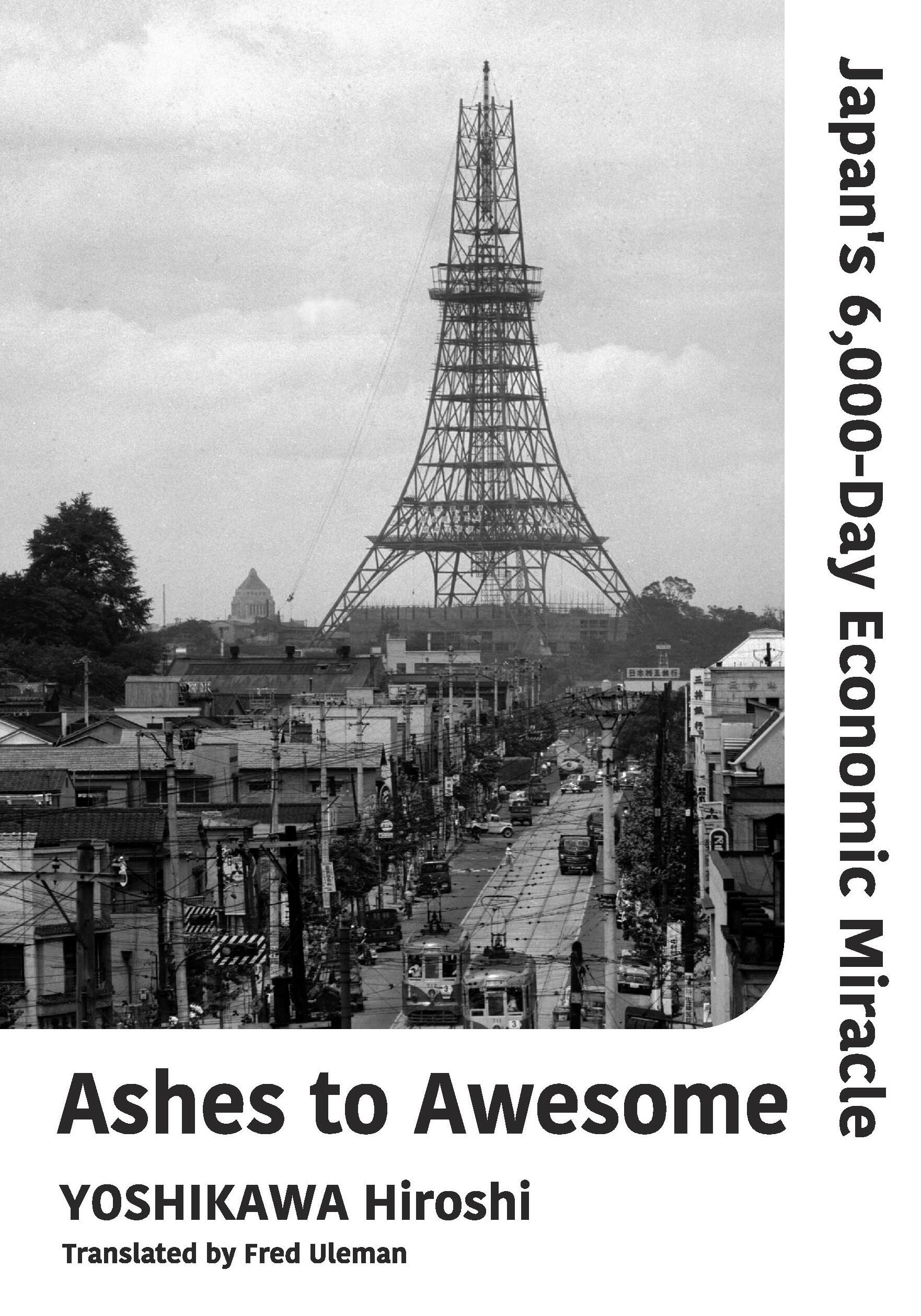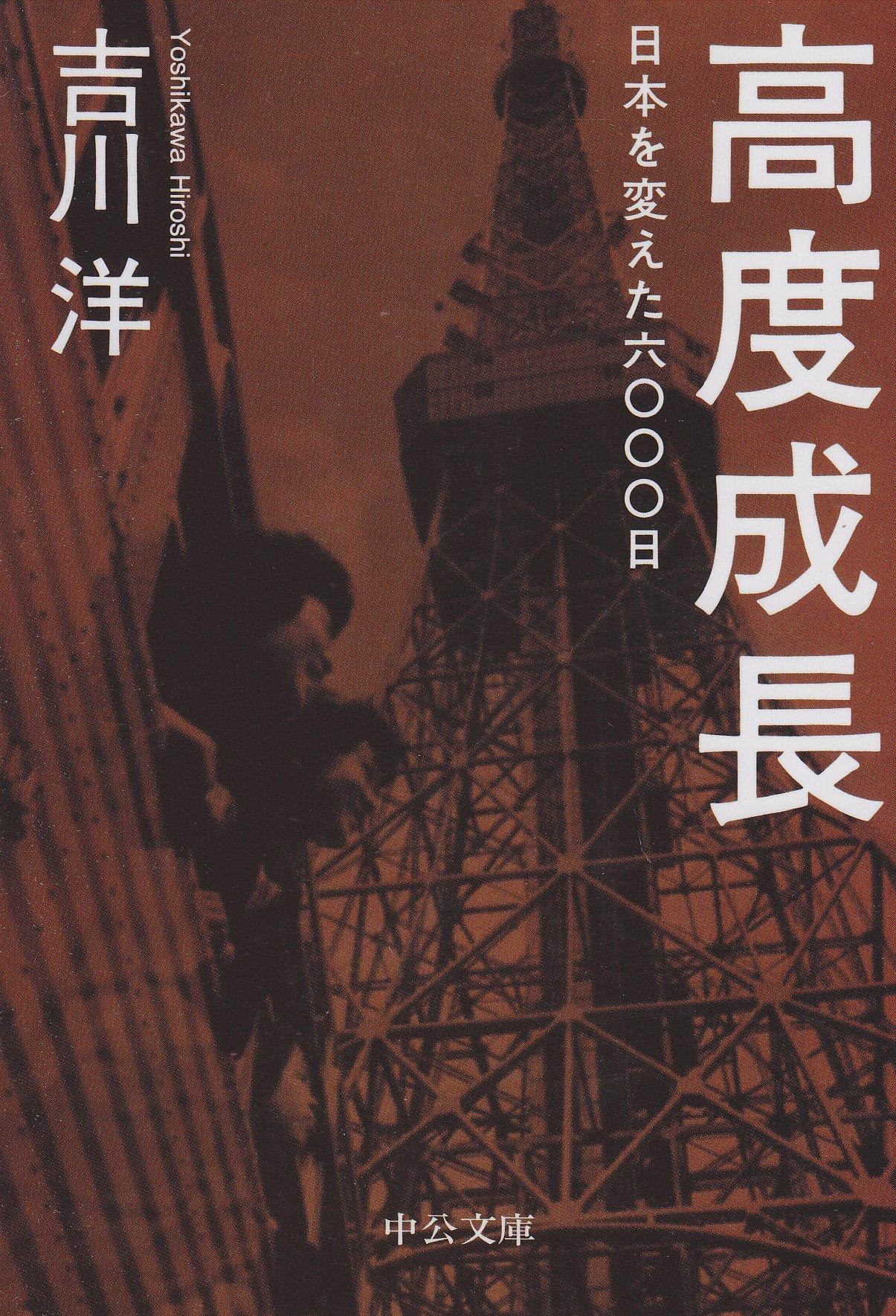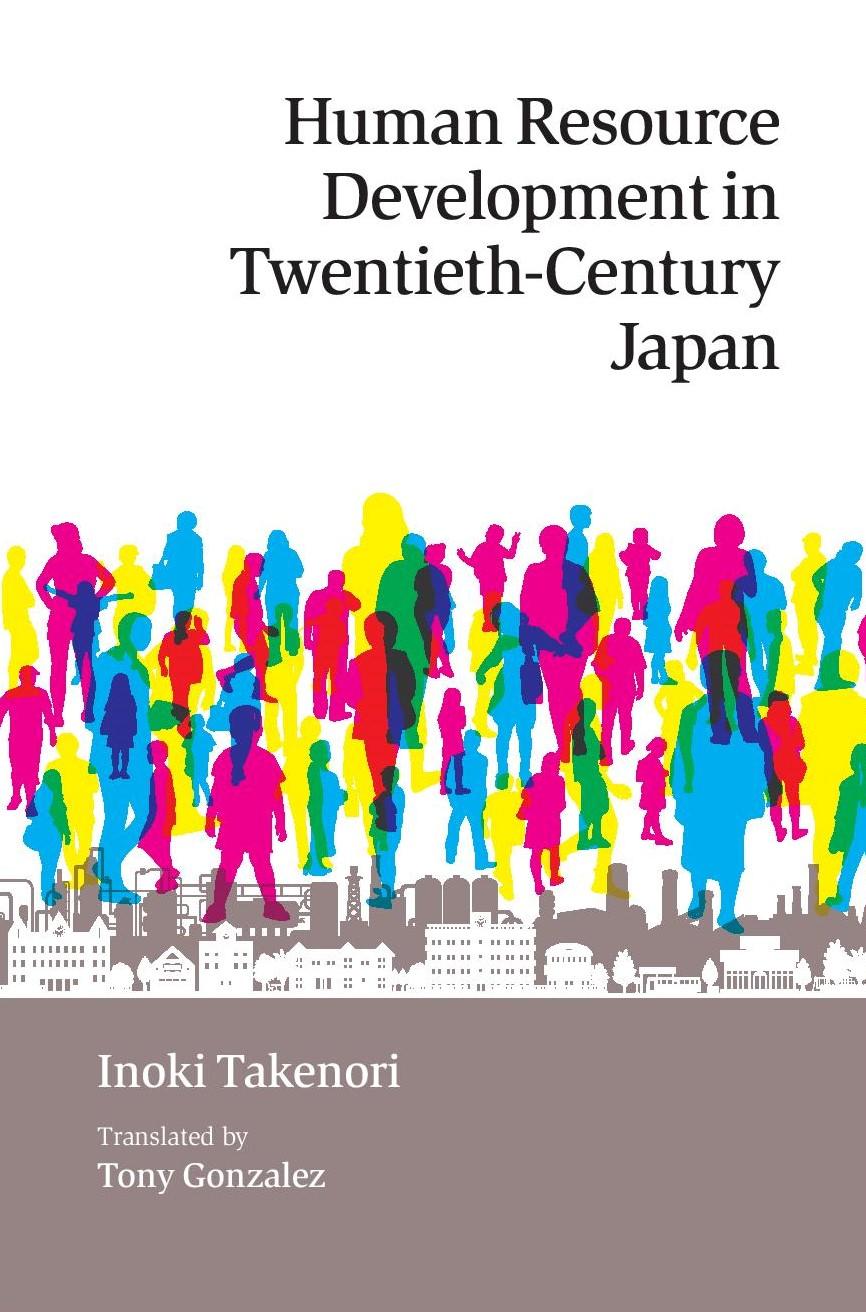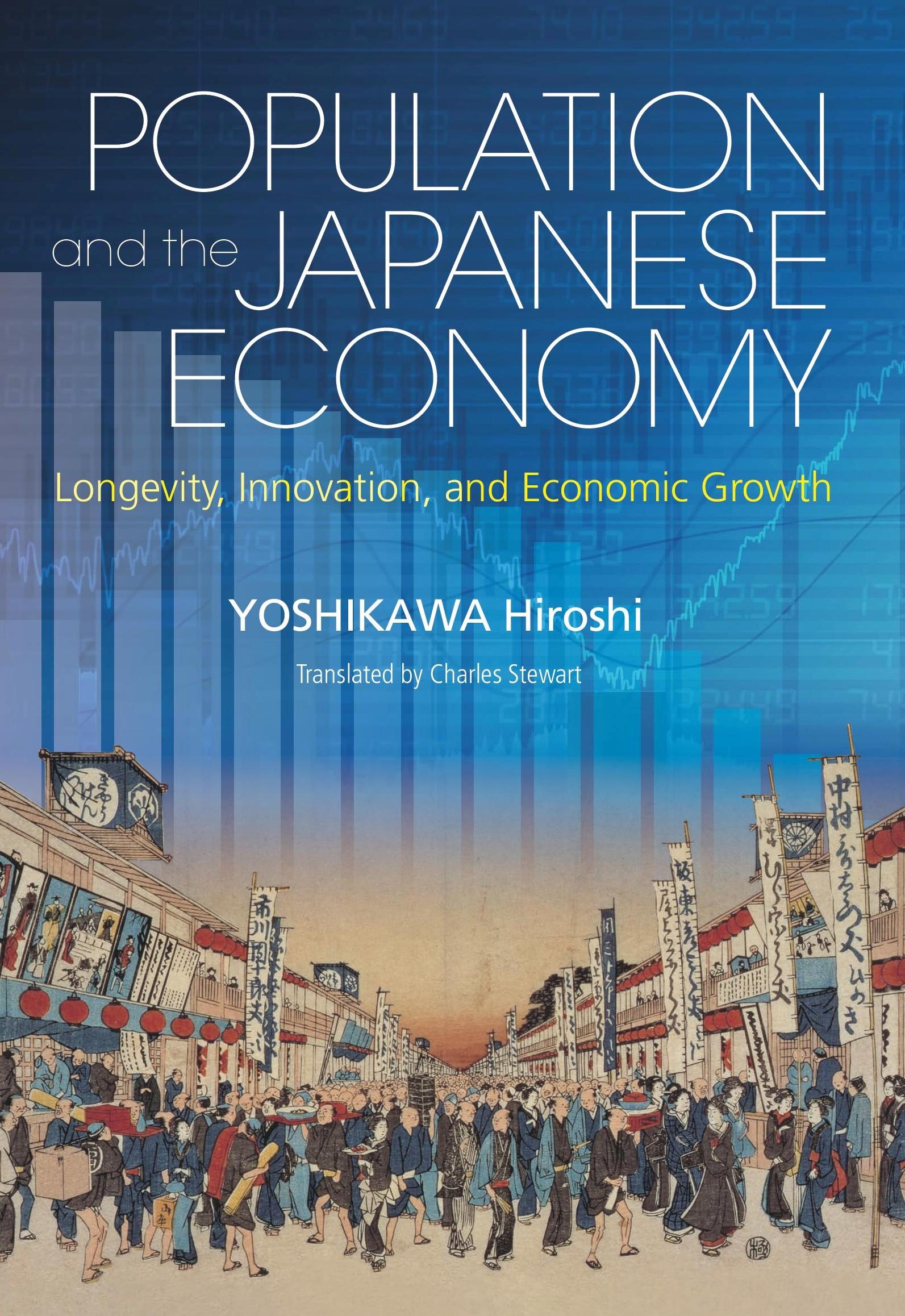Considered a miracle at the time, Japan’s emergence from devastation to become the world’s second-largest economy less than two dozen years after the disaster of wartime defeat has been widely commented upon and analyzed. Yet all too many scholars posit Japan as an exceptional case that defies repeating.
In this eminently readable survey, one of Japan’s foremost macroeconomists looks back at the rapid-growth years and how they revolutionized Japanese life, for better and for worse, and explains how latent demand, population mobility, productivity improvements, and other non-unique factors converged to generate the growth. At the same time, he frankly acknowledges the less-remarked downside of this transformation. Household appliances proliferated, but so did pollution. Urban development was spectacular, but so was the loss of community and history. Massive urbanization provided workers for the industrial ramp-up but also drained farming communities and their traditions. It was a decidedly mixed bag, and Yoshikawa goes beyond the economics to lay it all out in easily understandable prose augmented by over two score of tables, figures, and photos. This is a personal story about more than Japan—a tale that resonates for all economies at all stages of development.






